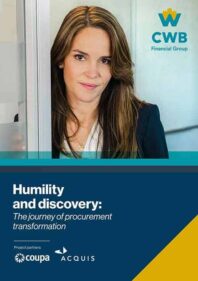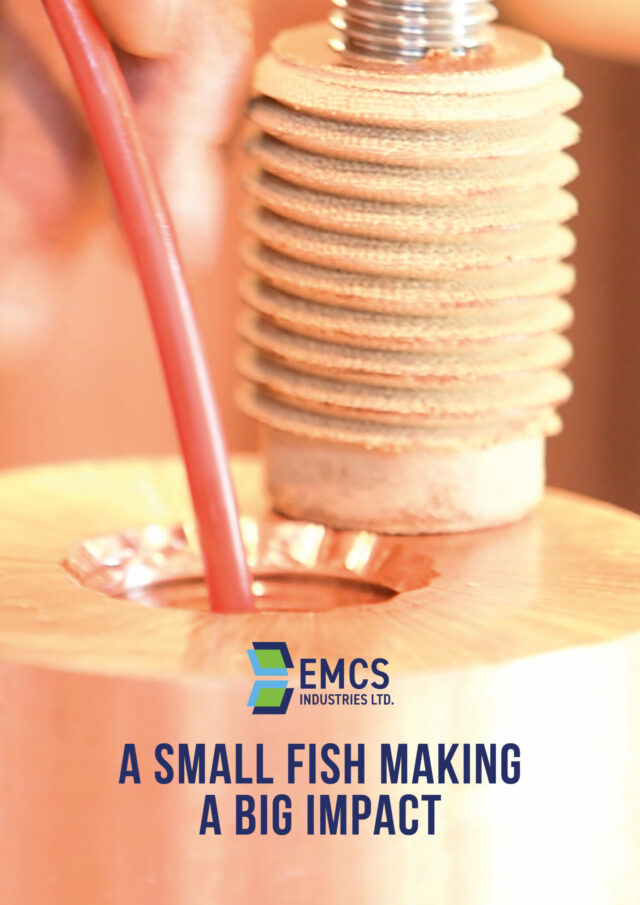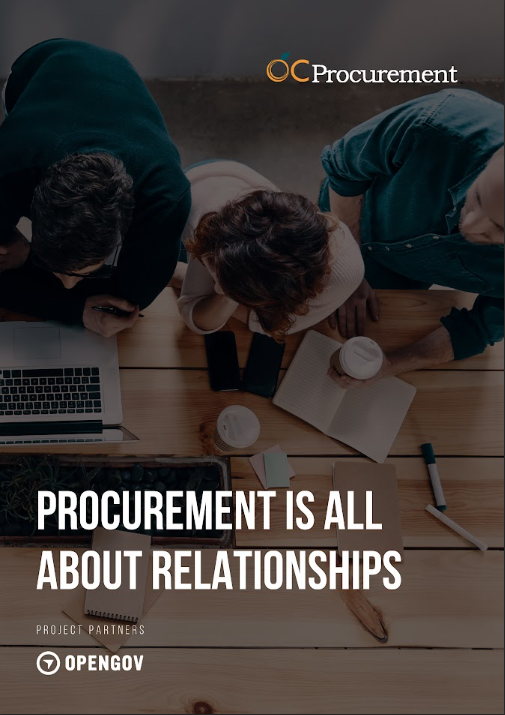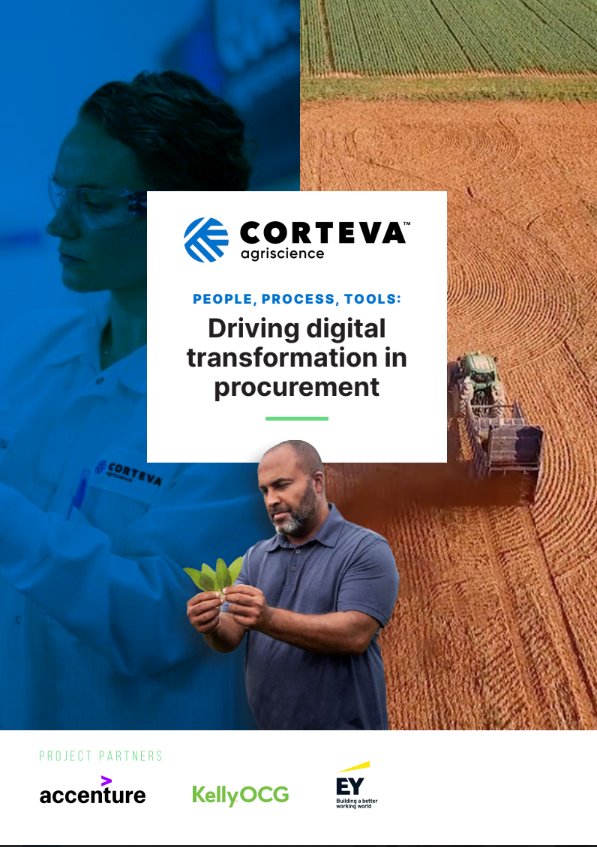Why is procurement and procurement transformation, such a leading topic of discussion for organisations the world over? It’s no secret that the last 12 months in particular have shone a light on the procurement function and all the ways in which it has allowed many organisations to mitigate the impacts of the global COVID19 pandemic, but procurement has been on its own transformation journey for the best part of two decades now. So, where do we stand on procurement in 2021? To borrow a cliched (and somewhat blinkered) expression, has it earned its seat at the table?
“I truly believe that we still need to move away from the reactive nature that sits at the very core of procurement,” explains Rachel Lemos, Director, Procurement at Canadian Western Bank. “We’re constantly trying to solve things, therefore we need to be in a much more forward looking position in procurement in order to be on a transformation journey at the right time, in trying to resolve the right problems. The challenge for many is that they are trying to solve problems that are not there to solve, or they’re not looking into the right space.”
Lemos highlights a key question that all procurement professionals must consider, be they amidst a transformation journey or not: what are you trying to solve? The answer is something which most, if not all professionals reading this will recognise, but few will admit and take the time out to address. “People really don’t know and they’re merely trying to copy what somebody else did successfully somewhere else,” adds Lemos. “We are guilty in places of losing sight of what we really need or what we are trying to solve. We’re looking to ride that wave of procurement transformation and say ‘Let’s do something about it!’, which ends up with us just breaking things that were working instead of solving problems.”
The changing face of procurement
Lemos, a procurement professional with more than two decades of experience under her belt, started her procurement journey like many almost by accident. While earning a degree in international affairs with plans to be a diplomat, Lemos found herself working with import and export processes and her eyes were opened to the world of procurement. Working for an organisation which was multi-national and multisite, she was exposed to a lot of the complexity of the supply chain and procurement world. Long story short, she ‘fell in love’ with it. “A joke I often tell to other procurement professionals is that I got to spend large sums of money that are not mine to spend,” she laughs. “But there is variety. It’s different every day and you’re always challenging yourself to see how you can improve, how you can do better.”
Fast forward 20 years, and Lemos finds herself in a position where she can call upon these formative procurement years and her diplomacy skills to build a procurement function at Canadian Western Bank from the ground up. Her diplomacy skills have also been in great use over her career, as not only has she witnessed and experienced this great shift in procurement first hand, but she’s also come up against the barriers and the challenges of being a woman in largely male dominated industry space. These are a crucial part of hers and any female procurement professional’s story.
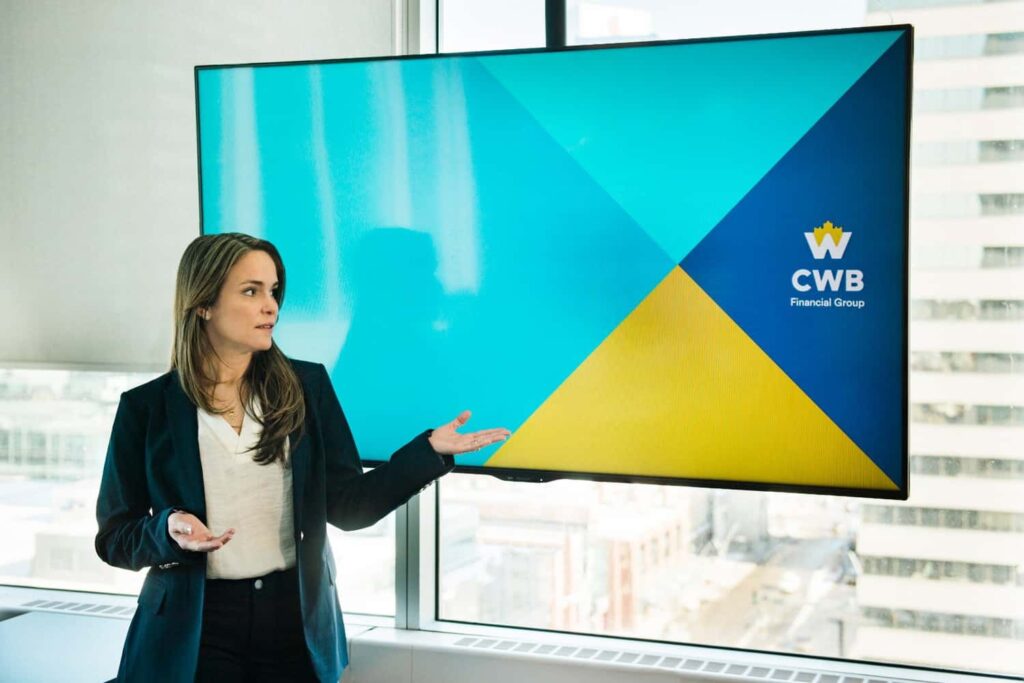
“We’re far away from where we should be. But we see that there is a change, there’s a trend and there’s willingness for organisations to develop more and more women into leaders,” says Lemos. “My personal experience has shown that the more you progress in your career, the more challenges you face because you’re dealing with something that people are just not comfortable with. You have to be prepared to deal with the discomfort they may be experiencing with a lot of diplomacy and be prepared to start difficult conversations sometimes, and touch on the discomfort of other people when you are sitting at that leadership table.”
A key part of the procurement journey is enabling positive change for an organisation and Lemos recognises the duality of her role; to enable positive change for a business from a procurement perspective, but also to enable positive change as a female leader and to open the doors to future female leaders. “I have a responsibility to coach, to inspire, to mentor,” she says, “I take personal time to do that. It’s not only with my team. Very often I get people asking me to help them and be their mentor. Interestingly enough, I have also received a few invites from men in procurement for mentoring too, which I’m always happy to provide.”
“It is a responsibility. You can’t just dismiss that. You’re not here just to look into your career path, but what you do in your career influences others. My advice for females is this: come with an open heart and with a winning attitude. Give your best, be humble to learn, step back when you need to and be ready to advance when the opportunity presents itself. Results are not gender based and they speak for themselves and they speak loud many times. So if you present results, if you do your best, you’re in the right place and you will succeed.”
A journey begins
A procurement journey on paper sounds fairly simple to some degree. Here is where you are, here is where you want to be and here is how you’re going to get there. But as Lemos has already highlighted, the why is often something that gets lost and so identifying the why is perhaps the biggest and most important part of the journey. Aside from winning results of course.
For a CPO coming into a business looking to deliver real change, Lemos believes it starts with analytical systematic process review. She is humble enough to admit that as a CPO ‘you don’t know a lot of things once you join any new organisation’. Day one must be a day of learning, what works, what does not work and what’s missing. The next key step is answering the question: how does that interlink and interface with the existing processes that procurement and other areas of the organisation already has in place?
“How am I responding regularly to a requirement, as opposed to creating things that I just like, and were successful in my previous role,” says Lemos. “You will get nowhere believing that your process is bulletproof. So you have to look at what you have and think about how about you partner with the business to align the procurement function. It becomes a case of, we’re solving our problem and helping you in solving yours, together.”
As seen in many procurement organisations the world over, a centralised function works. But one cannot advance the function without a system, such as an ERP system, that allows all of the business to look at the spend knowledge and the data. A centralised function requires a deep understanding of the data. “So, how do we bring this all together under that umbrella of the pre-commencement function?” adds Lemos. “You begin with that systematic approach to learn and to see what you are trying to establish and what you are trying to solve.”
You don’t know what you don’t know
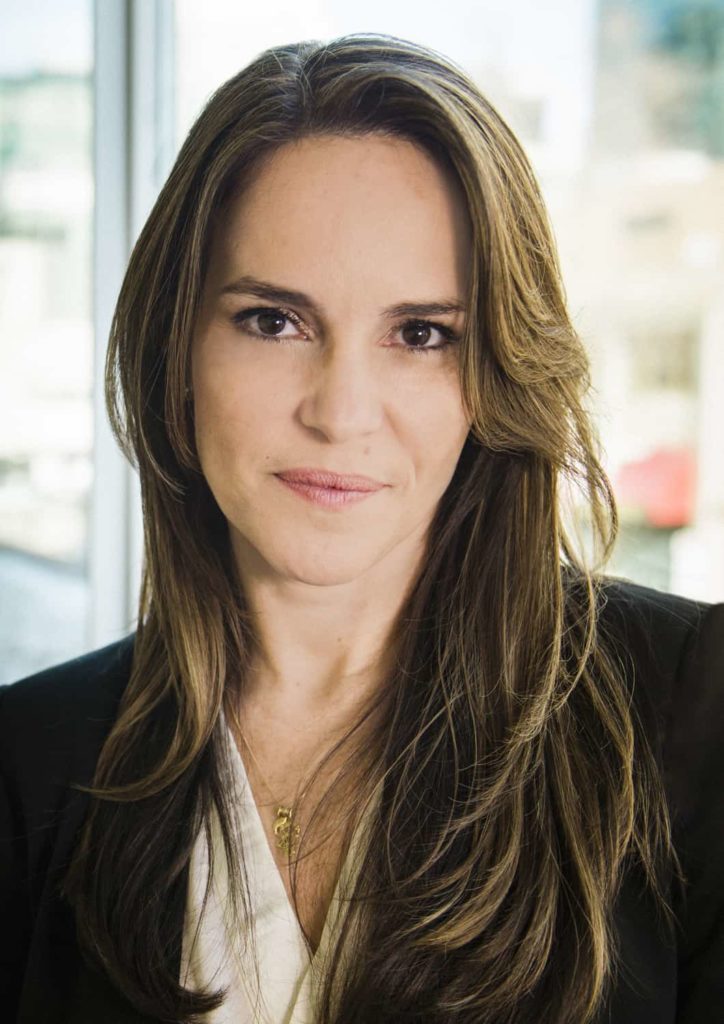
Lemos is a firm believer of recognising that you don’t know what you don’t know, and when given the keys to the procurement kingdom you need to find out and find out fast. The systematic approach will allow you to get so far, but there will come a time when you need to bring in expertise from market leading vendors who can help you on this journey of discovery and benchmark against the best of the best. “You have to go to a source that you can trust, right? There are a lot of good sources out there that can be fantastic today and then be your disaster tomorrow. You really need to know where you are looking for information,” she says. “I wanted to run an analytical process to find the best solution for us, but I was trying at the same time to be very efficient, not go out and I know that there’s like thousands of software solutions. I was looking not for a solution, but for a partner in that journey to be with me and provide the guidance that I was seeking.” Here Lemos speaks of COUPA and how a partnership with the company brought clarity. This is where we’re going. As a procurement professional, one must consider the ROI, and the key benefits it brings to the organization. Cost benefit analysis has to be there, but this is balanced against the need for a true partner. But what makes a true partner? And what makes a partnership count?
“It starts with very candid communication between both parties, creating that relationship where you really feel that there’s a true partnership there,” affirms Lemos. “Partnership is kind of a buzzword that sometimes people use in different ways, but we are talking about a relationship that’s fluid and real.” She continues: “There’s an old mindset when it comes to suppliers. One that says if you don’t work within my boundaries, within my rules, then you’re not for me. That’s not the way you build a relationship with your suppliers. That will never become a partnership.” So what does she advise? Talk constantly, not when a supplier issue arises. Remove the belief that it’s an obligation of the supplier to start a conversation and challenge one another as much as possible. “You have to be asking each other: how can you fit into this? How do you think you can help me with this? How do we fit together in this journey?” she says. “That’s how you build partnerships.”
The challenges of change
It goes without saying that a journey of change involves a great deal of challenge. The last 12 months and the COVID19 pandemic have undoubtedly presented some of the greatest challenges for us all and while procurement has found itself in an increasingly elevated position thanks to the success stories, it has not been without its difficult moments.
It is natural to celebrate the successes and to shine a light on the moments of real achievement, but what can we learn from it? As Lemos has already highlighted, success can often breed a misguided demand for repetition in places where it simply cannot be replicated. So how do we learn? “You have to take the opportunity to learn from the failures and believe me, there are always failures,” she laughs. “I tell my team It’s OK to make mistakes provided that we’re learning from them. If you’re not learning, then you’re not making yourselves any favour.”
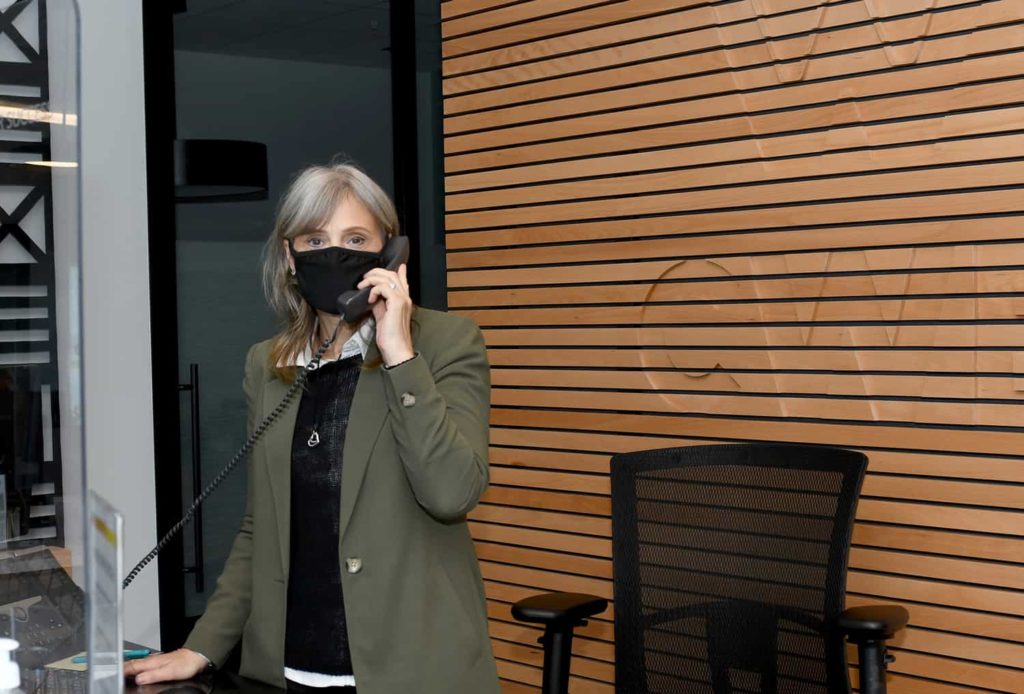
Challenges, and indeed failures, can come from a number of different factors. These can be external or internal and Lemos examines the internal factors that we can control and we can avoid if we simply take a step back and look at them differently. A common challenge that many CPOs face is that once set out on a roadmap, things within their project timelines do not perfectly align with other people’s timelines. Why? Because you need the input and involvement from those other people and other business lines. “You have to create that wiggle room to accommodate this and deal with these self-imposed deadlines that we place upon ourselves as you navigate through changes,” she says. “Just step back, talk about it, figure this piece out and set a new date when need be. No problem.”
So it’s as simple as that then? She continues; “Easier said than done. It’s not an easy exercise for me as I’m a very goal oriented individual, but I have learned that we make mistakes when we pay more attention to the deadlines than trying to do the right thing. Give yourself time to do those things. There’s a lot of silent fear in the workplace. Fear of failing. As a leader, it’s important to emphasise that we learn from any mistake we make. Remove the fear and you get a much more productive and bolder team. That’s how we grow, that’s how a leader helps their teams to flourish.”
The people in your procurement
Something that often gets lost in the procurement journey is the people. There are many platitudes spoken of how people make procurement and how a function is nothing without it’s team. But what is actually being done, as opposed to simply being said? Lemos is quick to inform that as a leader she has a responsibility to take the proper time to assess her teams and to understand and support their career goals. Talent is crucial and when change is constant it can be easy to lose that talent as you focus too much on what can be, rather than what it is. “You should always keep an eye on and review what type of talent you have and how you are working to retain those talents,” she says. “It’s really the responsibility of the leader to assess, understand, see what the gaps are in your people. Can we build in time to develop? Do those individuals want to develop? Because you can’t just assume they are open to change.”
This isn’t the sole responsibility of Lemos, or other CPOs, alone. It’s a shared responsibility of all levels of the leadership team to get together and have what she describes as “mature and honest” conversations that identify what the endgame is, what’s needed to get there, and identify any gaps in our teams that need to be addressed. “Success is borne out of the people surrounding you. You cannot think of success by looking to one person, one leader – that’s a failure right there,” she says. “It’s becoming rare to see leaders taking interest in people’s journeys and career goals. You need to be candid. You need to be honest, and you need to be having those conversations and that’s how you grow your team and achieve any form of success.”
The focus on people has shifted further in light of the last 12 months. Perhaps now more than ever before, leaders have been forced to rethink the way in which they engage with their teams on an emotional level as well as a professional level. The pandemic has been a leveller and a reset button, as we have all been forced to shift and adapt to a new environment entirely. “It has been an opportunity for procurement to shine and it speaks a lot about our resilience and our ability to adjust and adapt to new things,” says Lemos. “We were all forced not just in procurement, to adjust and to adapt to the realities. There’s no human contact at the moment, so how do we keep our presence and how do we keep our delivery to a level that we can show our true value. That’s where I say that it’s our moment to shine. Reach out to the vendor, let’s start having the conversation. Let’s look at ways we can prove the value that you bring to their organisation, even though we have to work differently. Adapt together and shine together. With your teams and with your vendors.”
It goes without saying that the world has changed and the way that we as people, as well as procurement professionals, go about our daily lives and approach our jobs and our teams. What once was perhaps considered a sure fire way to success, if such a thing ever existed at all, has been ripped apart over the last 12 months. One could argue that procurement was already ripping apart its own rulebook long before COVID, but it’s undeniable that the pandemic has indeed exacerbated it. So what does a CPO like Lemos do now? What does she call upon to help guide herself and her teams, forward into this new world?
“I really believe in three things that have certainly helped me in my journey in a way that I feel is successful,” she says. “Be humble to learn, be a good listener and be creative. I think being a good listener is something that a lot of people are lacking and that can be a career rendering element. You need to listen, you need to rethink how you listen to people and before you put your ideas out there, digest what you heard, reformulate your thoughts and then present.”
This is perhaps the most important advice Lemos would give to any procurement professional and certainly something she would tell her younger self during her formative procurement years. And as procurement journeys continue to formulate all over the world, in every industry at every turn, she feels this humbleness to learn may very well be the one key to success as these journeys continue to take hold, continue to explore new opportunities and continue to evolve. She continues: “Keep a constant open and innovative mindset. There’s always something new and always something to learn about. You can always be learning something new right now and finding entirely different ways to approach your everyday life and job.”
